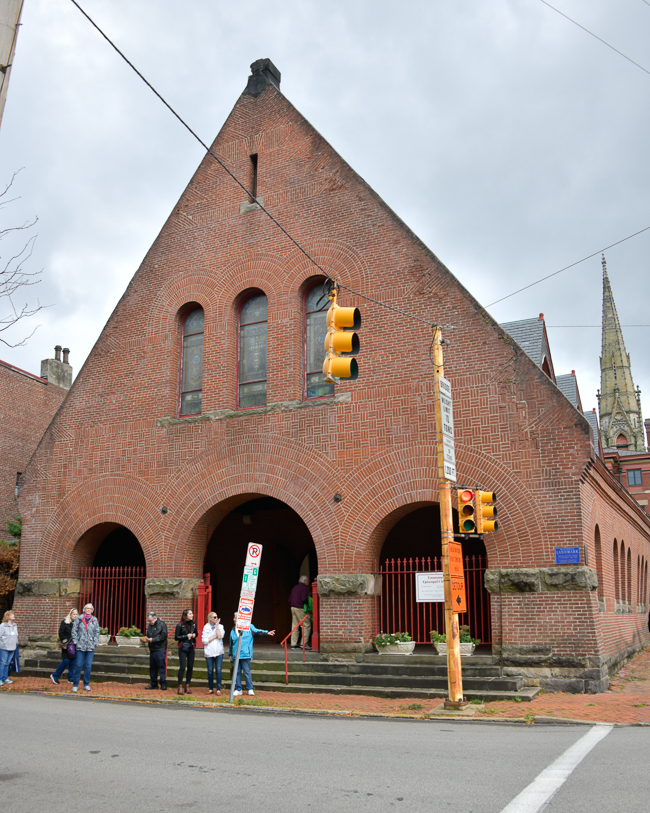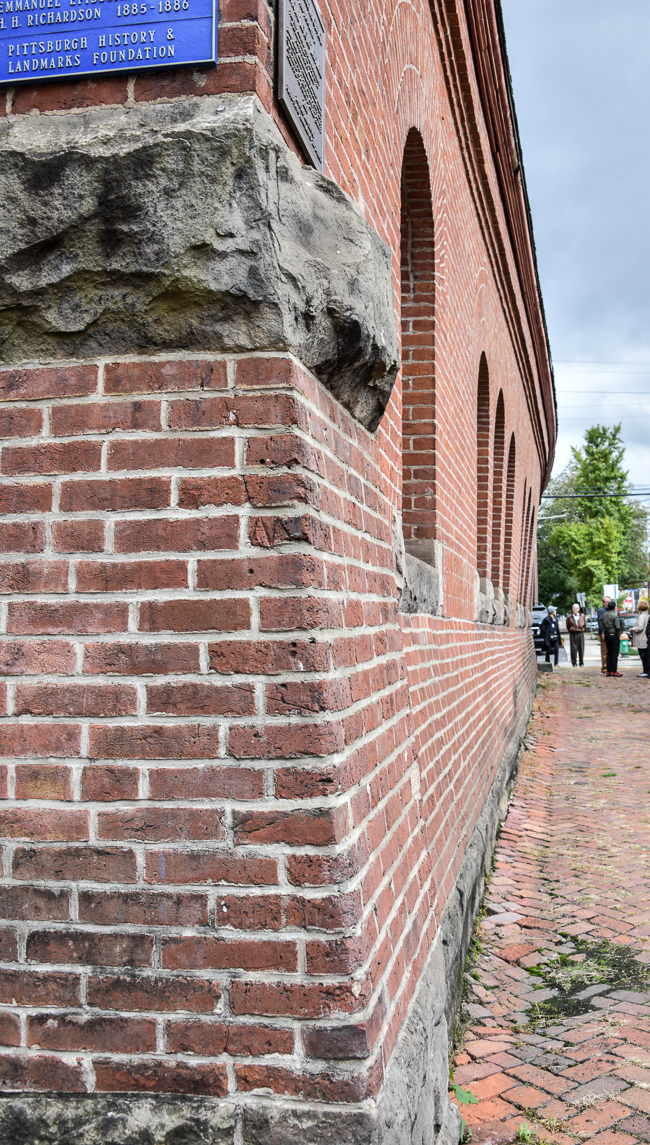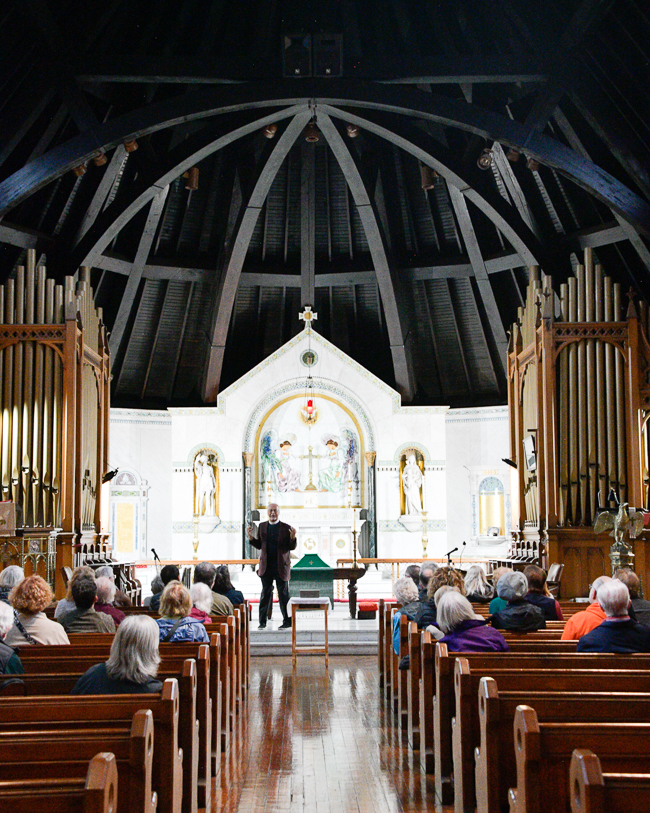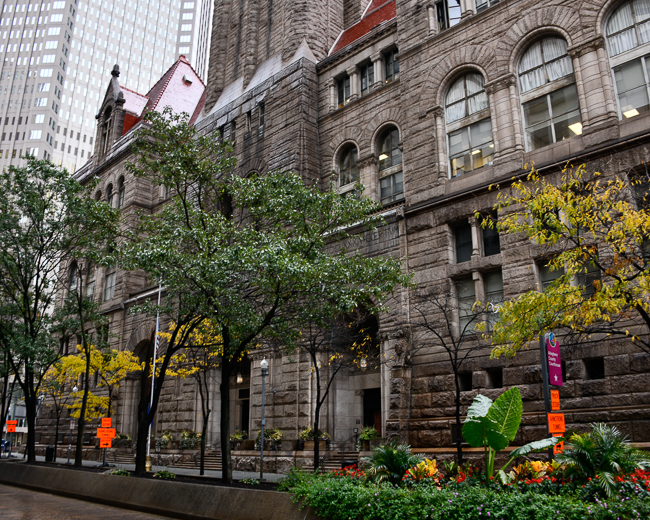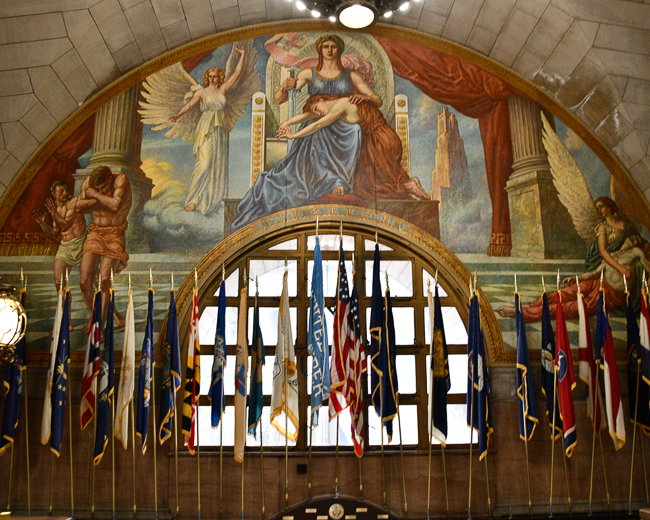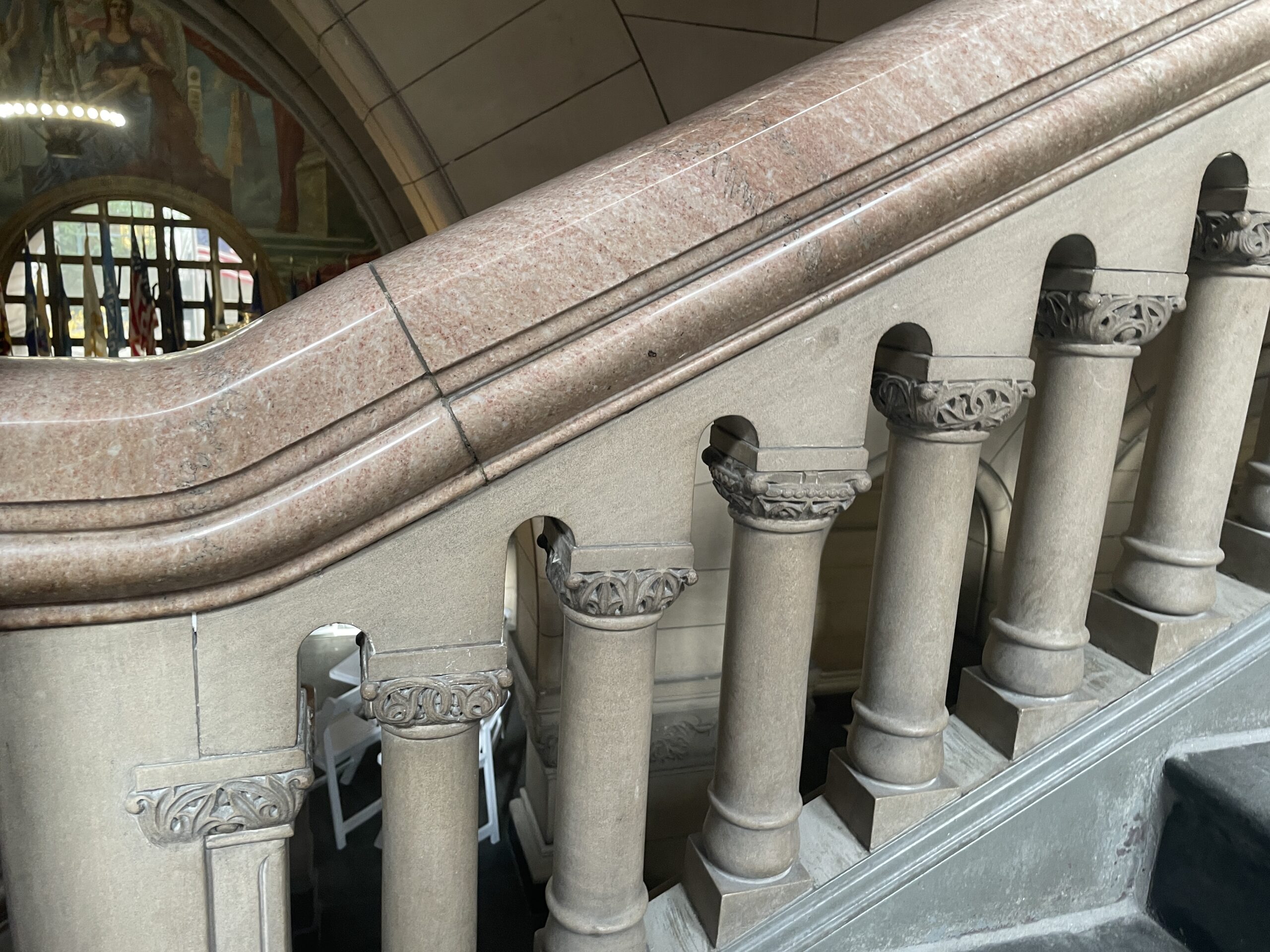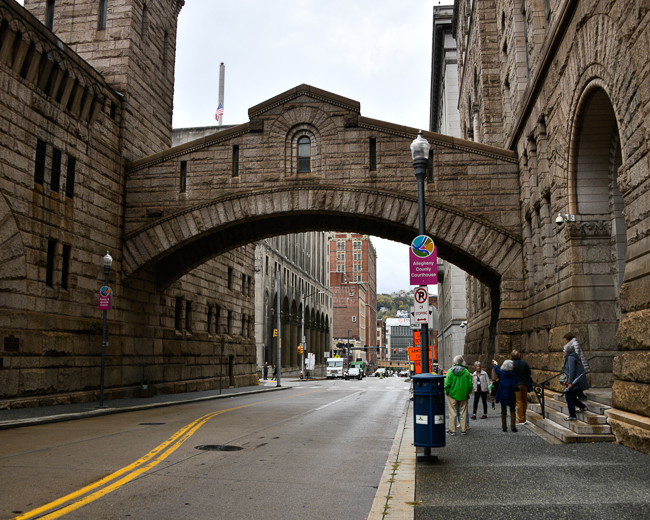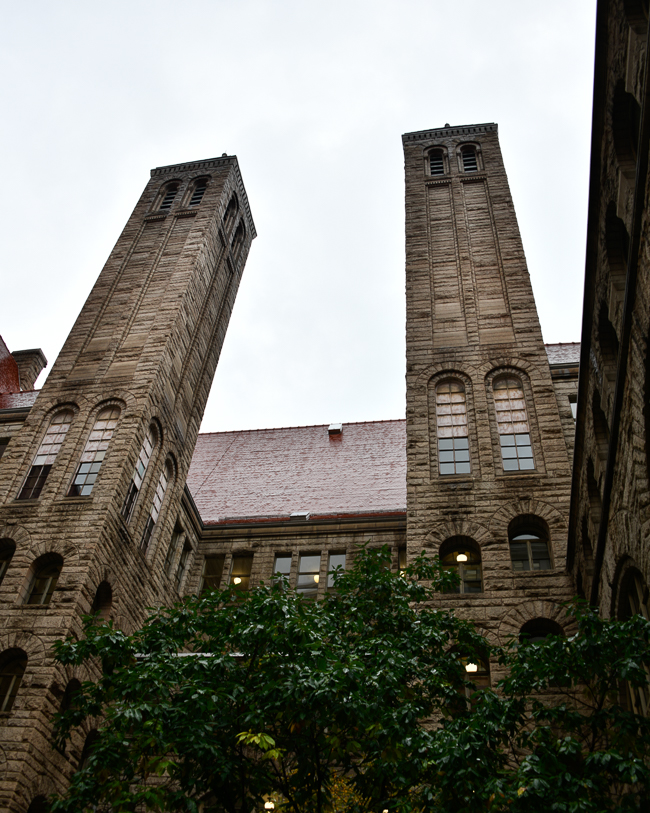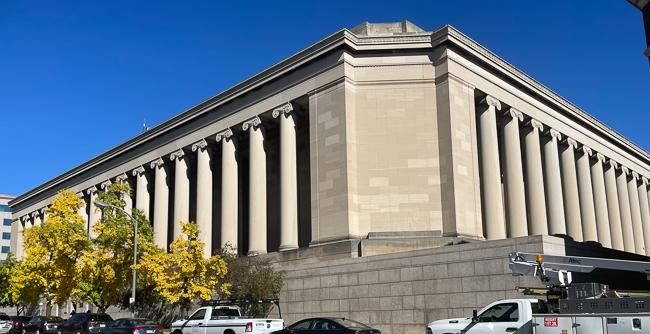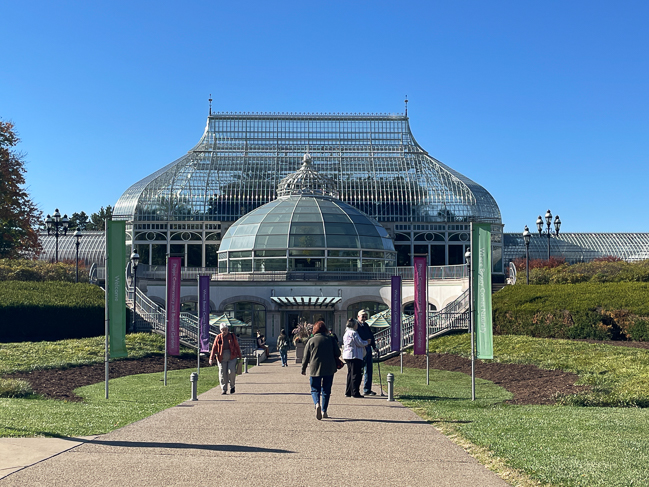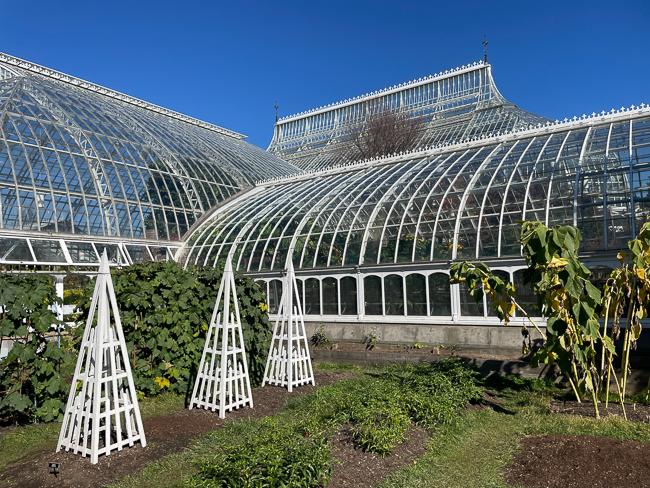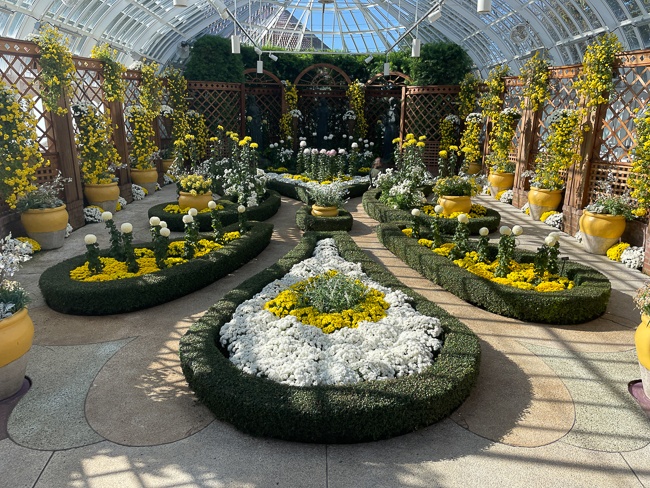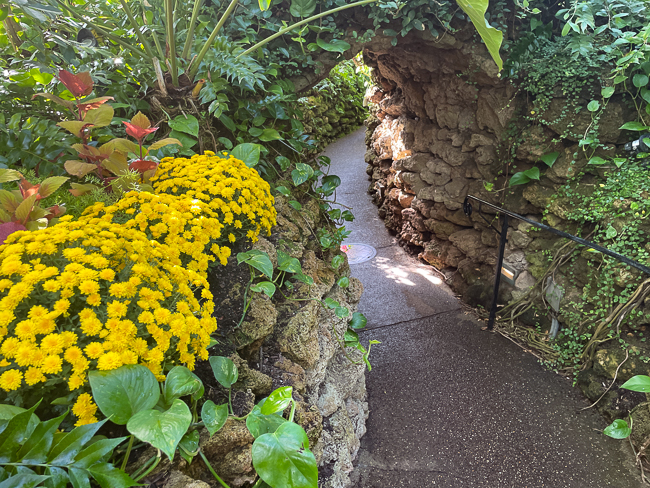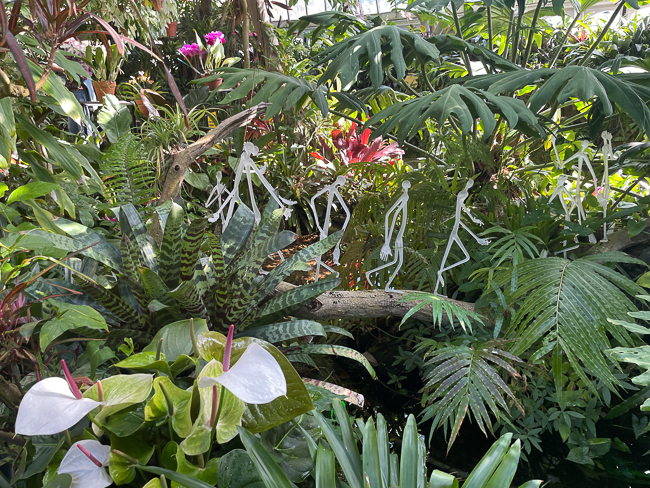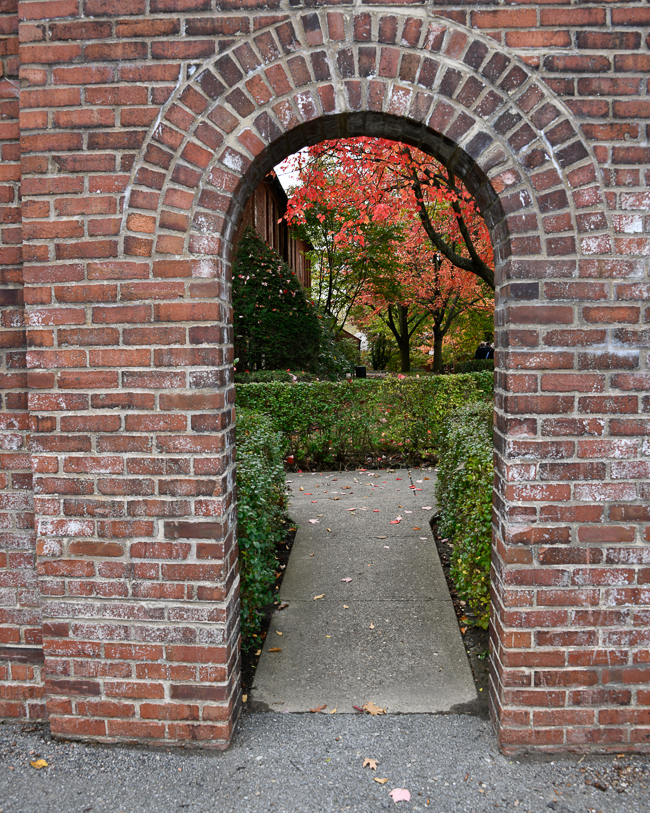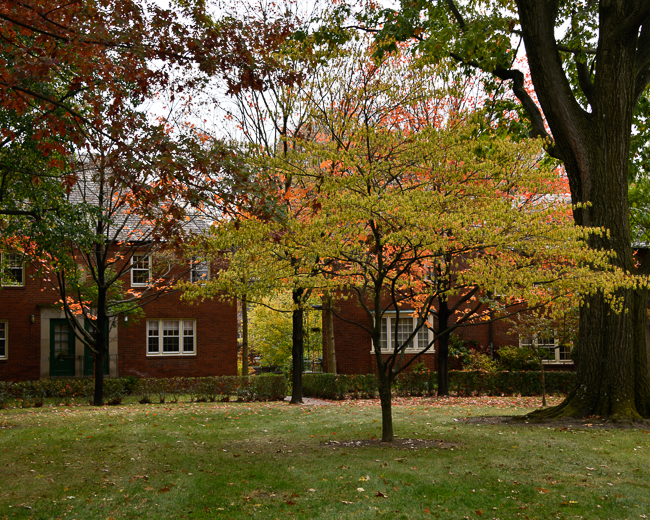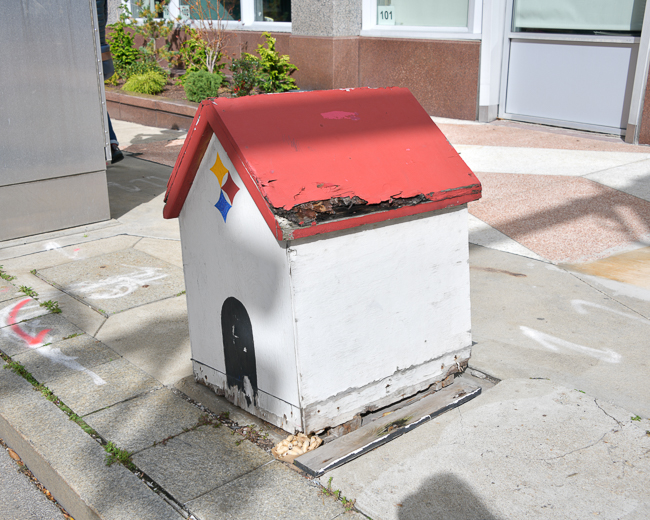October 2023
The Emmanuel Episcopal Church, completed in 1886, is by H. H. Richardson. Richardson did not live to see the church completed, and had he; there might have been a few changes. While the design is perfect, the slate roof is so heavy it has caused the walls to bow. It actually adds a rather nice effect and, to date, has not been a problem.
Allegheny County Courthouse
Another building by H.H. Richardson is the pride of Pittsburgh, which is the Allegheny County Courthouse.
This Romanesque Revival building was finished in 1888 and is filled with gorgeous carved marble and stone and WPA murals.
This Bridge of Sighs joins the 1888 Jail with the Courthouse.
A look at the towers from inside the internal courtyard.
Mellon Institute
The Mellon Institute building was designed by architect Benno Janssen and built in 1937. This neo-classical building is best known for its monolithic limestone columns. These are the largest monolithic columns in the world.
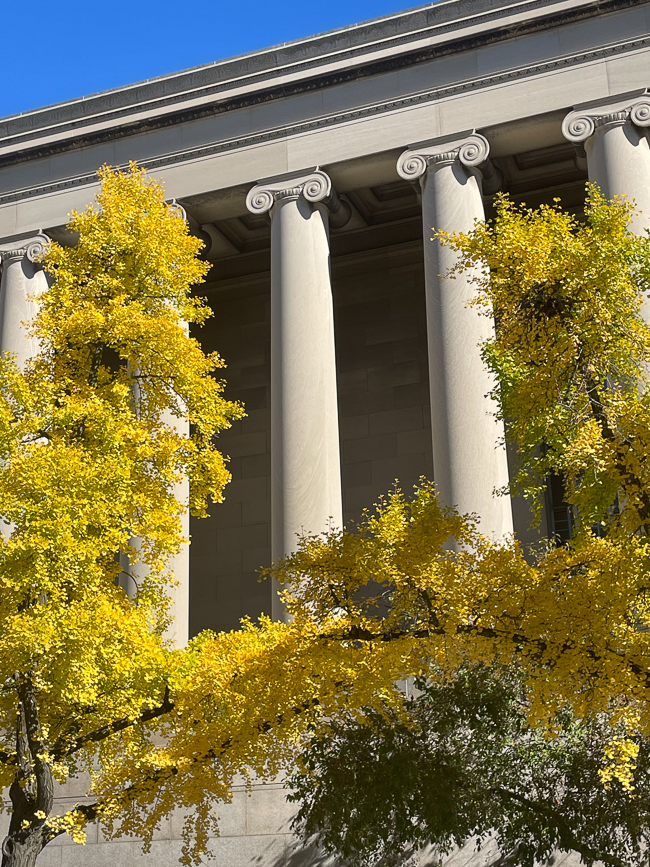
Phipps Conservatory
The Phipps Conservatory and Botanical Gardens sits in Schenley Park.
The gardens were founded in 1893 by steel and real-estate magnate Henry Phipps Jr. as a gift to the City of Pittsburgh. The building consists of fourteen rooms and is an excellent example of Victorian greenhouse architecture.
Chatham Village
Chatham Village was built between 1932 and 1936 and was designed by Clarence Stein and Henry Wright on the principles of the Garden City Movement of the early 20th century. It was created in the Georgian Colonial Revival style and was built to show that affordable housing for the working class could be attractive and safe. To be expected, it quickly became a middle- and upper-class neighborhood because it was so attractive.
The Pittsburgh Snoopy Doghouse has been stolen many times, and in this case, Snoopy has been stolen off of the top. But if you notice, there are Peanuts in the lower right corner.
This little box was built by carpenter Ron Gembarosky, who works for Pittsburgh Public Works, and it hides electrical conduits.
These two posts are a very small sample of the architecture of Pittsburgh. It is a wonderful city to visit for that alone.
